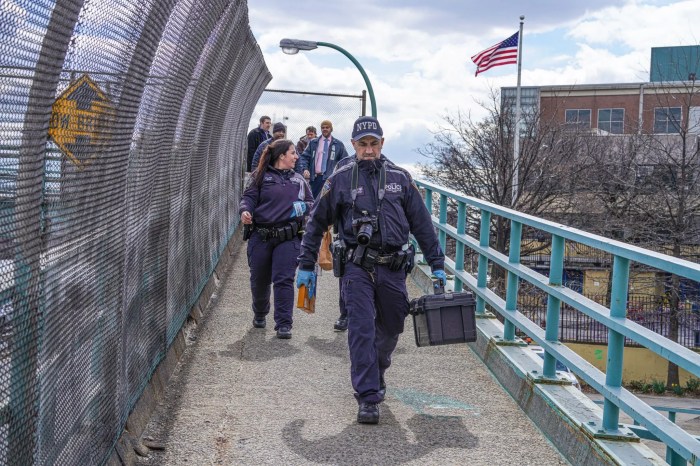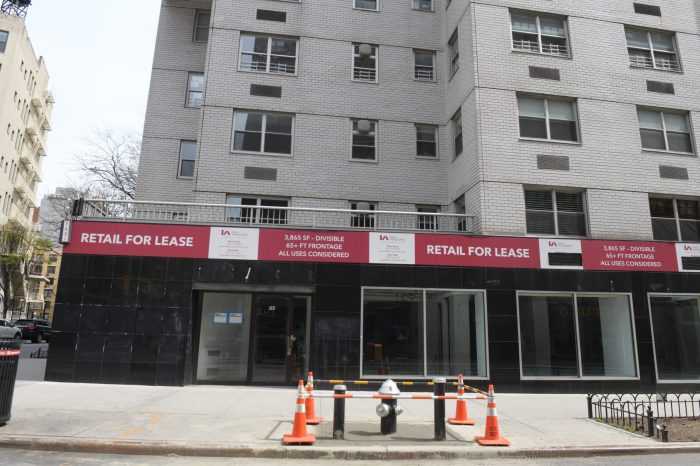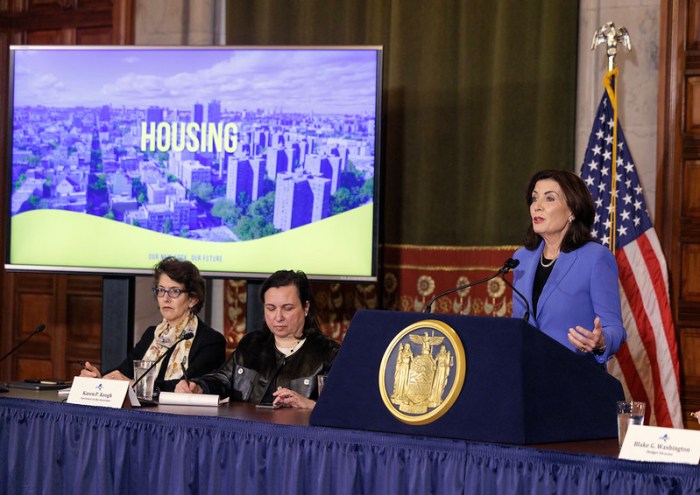
The city and its various utilities announced plans to more quickly respond to infrastructure problems by combining their resources.
The mayor’s office said the fire department will now handle gas leak calls first instead of the gas utilities.
The change in policy was influenced by the East Harlem gas leak explosion in March that killed eight people and injured dozens.
In the past, Con Edison and National Grid urged customers to call their hotlines if they smelled gas, but now the city will tell New Yorkers to instead call 911, according to a report released by the mayor’s office.
The FDNY has an average response time of eight minutes for non-fire related calls while Con Ed’s response time to gas leaks is between 20 and 25 minutes.
Edward Foppiano, Con Ed’s senior vice president of gas operations, who testified before a City Council hearing on infrastructure Wednesday, said the agency’s new protocol is to notify the FDNY if they get a gas leak call that sounds potentially dangerous.
“We started to look into that after the East Harlem tragedy,” he said
The city said it would cost $10 billion to replace all of the unsafe gas mains, and Foppiano said the agency is making those upgrades a priority.
Con Ed is also working on a pilot program with the city’s Department of Environmental Protection and National Grid, where they would work together to identify and fix the most fragile spots in their respective systems.
The Council members at the hearing said they were also concerned about the state of the water pipe infrastructure since there have been at least 400 water main breaks in 15 out of the last 16 years in the city. The DEP said the major factor behind those breaks is the age — 46% of the city’s 6,785 miles of water mains were built before 1941, and over 20% were made before 1920.
DEP Deputy Commissioner James Roberts said the agency reconstructed 510 miles of water mains throughout the five boroughs since 2002.
He added that the new water rate plan that was approved in April provided DEP with an additional $100 million a year to fund infrastructure improvements will boost their efforts, and predicted to update at least 80 miles of pipes.
“This year, we should potential get to or above that target,” he told the Council.

















